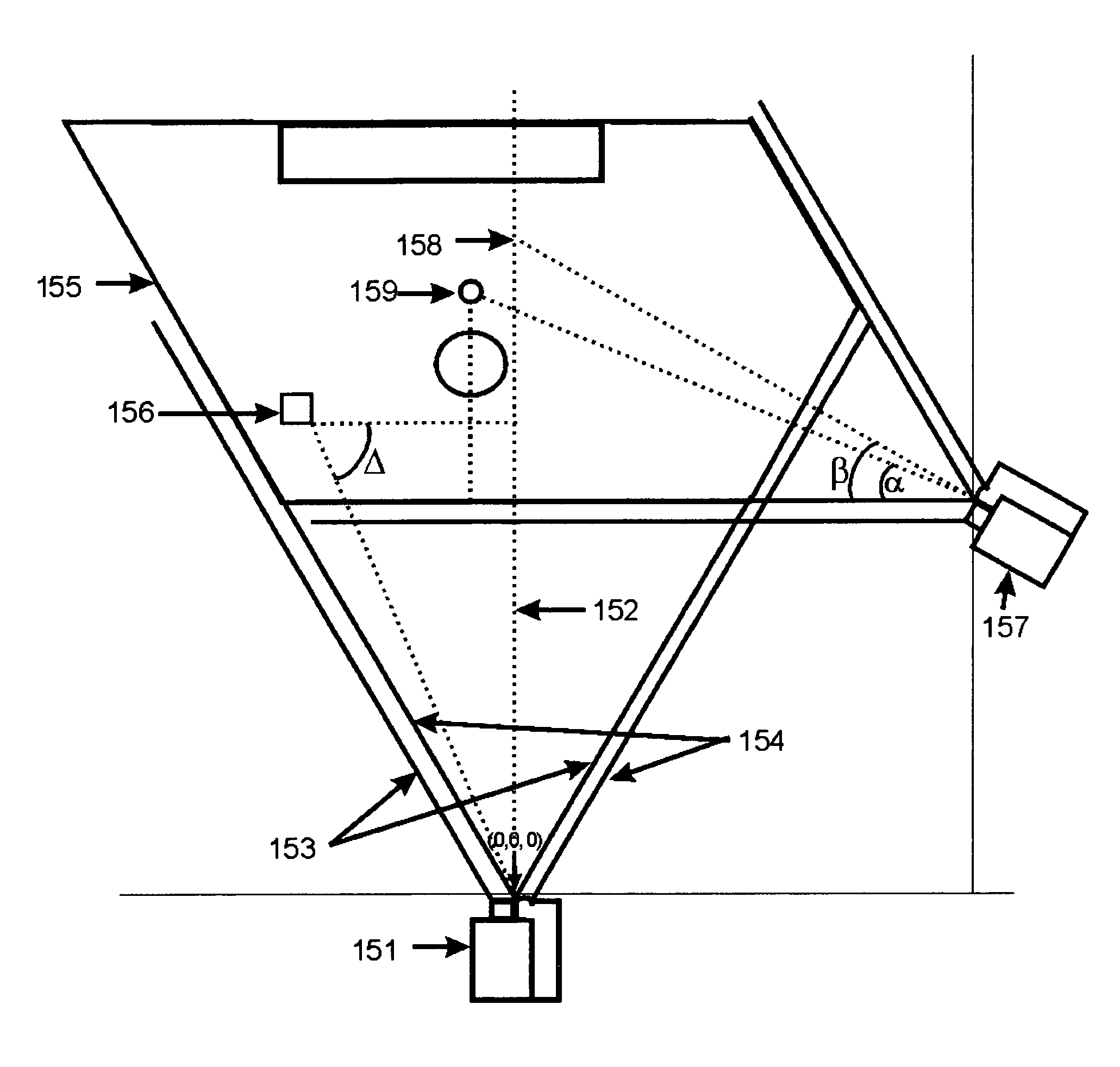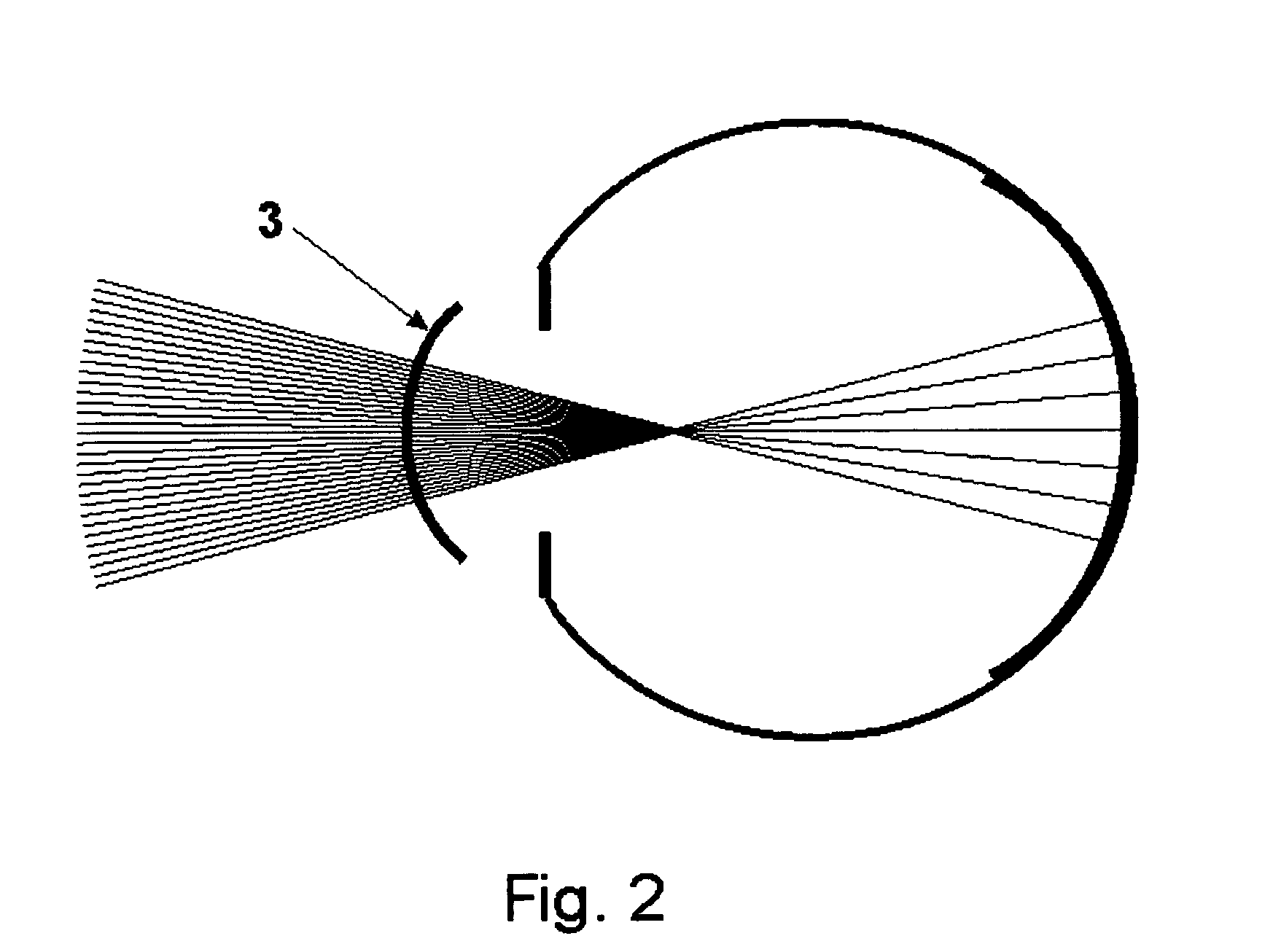Specially coherent optics
a optical field technology, applied in the field of special type of optics, can solve the problems of limiting the ultimate resolution and purity of the image, no optics are perfectly uniform, and the transmission-medium lens is too small, so as to achieve the effect of reducing cost and high precision
- Summary
- Abstract
- Description
- Claims
- Application Information
AI Technical Summary
Benefits of technology
Problems solved by technology
Method used
Image
Examples
example embodiment
ImageData Table Elements (example embodiment only): Information about a “channel-full” of light.
a. ChanNum The channel number that identifies the channel in the full matrix (0−N where N=number of channels).
b. Brightness (on a numerical scale where no light at all is typically stored as 0)
c. Framenumber. Identifies the sequence of the data's capture in the vernacular of motion picture frames.
d. Color. (Optional) This can be as simple as RGB or as intense as a value choosing one of many colors.
[0343]This extremely “thin” data structure allows for great efficiency in storing initially captured data. In fact, for many embodiments, a, b, and c are all that are needed. That is, where the channel itself determines color or otherwise substantially determines the color of the light favored for capture (by it's diameter, filter(s), refractive elements, wavelength shifting, and / or other characteristics), (c) is not necessary since it will be known from the ChannelData table.
[0344]One embodimen...
PUM
 Login to View More
Login to View More Abstract
Description
Claims
Application Information
 Login to View More
Login to View More - R&D
- Intellectual Property
- Life Sciences
- Materials
- Tech Scout
- Unparalleled Data Quality
- Higher Quality Content
- 60% Fewer Hallucinations
Browse by: Latest US Patents, China's latest patents, Technical Efficacy Thesaurus, Application Domain, Technology Topic, Popular Technical Reports.
© 2025 PatSnap. All rights reserved.Legal|Privacy policy|Modern Slavery Act Transparency Statement|Sitemap|About US| Contact US: help@patsnap.com



